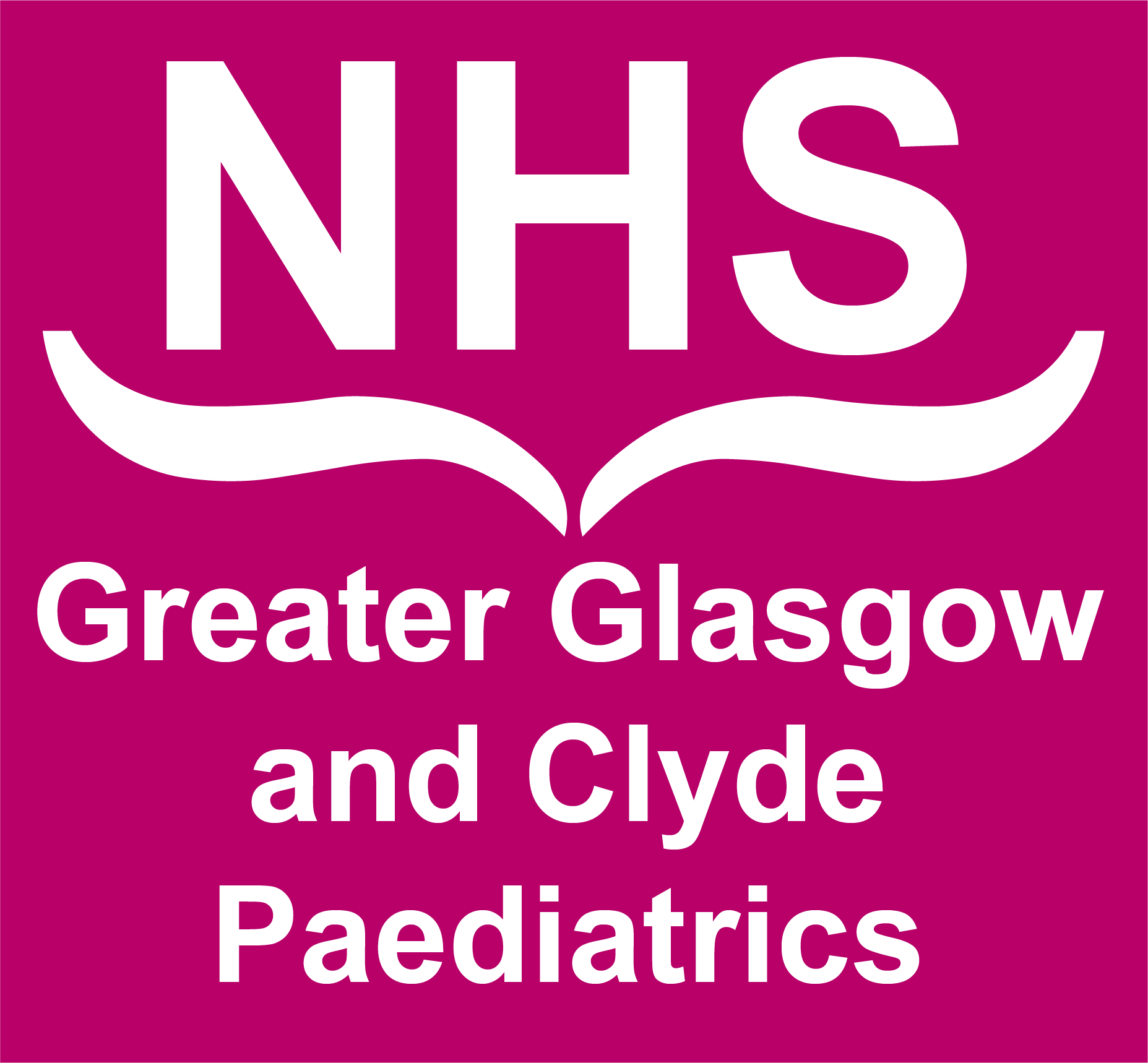Tranexamic acid in paediatric surgery and trauma (1178)

Objectives
To standardise the administration of intravenous tranexamic acid within RHC Glasgow
Scope
This guideline applies to all patients within RHC. The authors would like to highlight there is limited evidence applicable to neonates. Tranexamic acid is available as an oral medicine, this guideline does not apply to oral use.
Audience
Healthcare staff within RHC Glasgow
Summary
- Tranexamic acid (TXA) is a synthetic lysine analogue that inhibits fibrinolysis and reduces bleeding.
- TXA has been shown to reduce blood loss and transfusion requirements in both cardiac and non-cardiac surgery.
- There is currently a wide variety of dosage regimes being used in clinical practice with high cumulative doses (>80mg/kg) correlated with increased risks of post operative seizure without evidence of better haemostasis.
- Doses used should meet the threshold for clinical efficacy whilst avoiding unnecessarily high concentrations. The doses given below will be <80mg/kg even if continued for 24 hours.
Recommendation
Based on current literature, modelling studies and guidance from the RCPCH, separate dosing regimes are recommended for cardiac surgery involving cardiopulmonary bypass (CPB) and all other indications associated with potential significant blood loss.
Tranexamic acid in cardiac surgery with CPB or any extracorporeal circulation |
||
At induction10mg/kg tranexamic acid over 10 minutes and commence 2mg/kg/hr infusion until closure |
CPB10mg/kg tranexamic acid |
After protamine10mg/kg tranexamic acid over 10 minutes If ECMO/VAD consider 2mg/kg/hr infusion
|
|
Tranexamic acid up to 20mg/kg over 10 minutes |
||
Intravenous tranexamic acid in non-cardiac surgery / major trauma / other use |
At induction / presentation15mg/kg tranexamic acid (max 1g) over 10 minutes and commence 2mg/kg/hr infusion until closure or reduction of risk of haemorrhage |